Home>Gardening & Outdoor>Garden Tools & Equipment>How Do You Sharpen A Lawnmower Blade
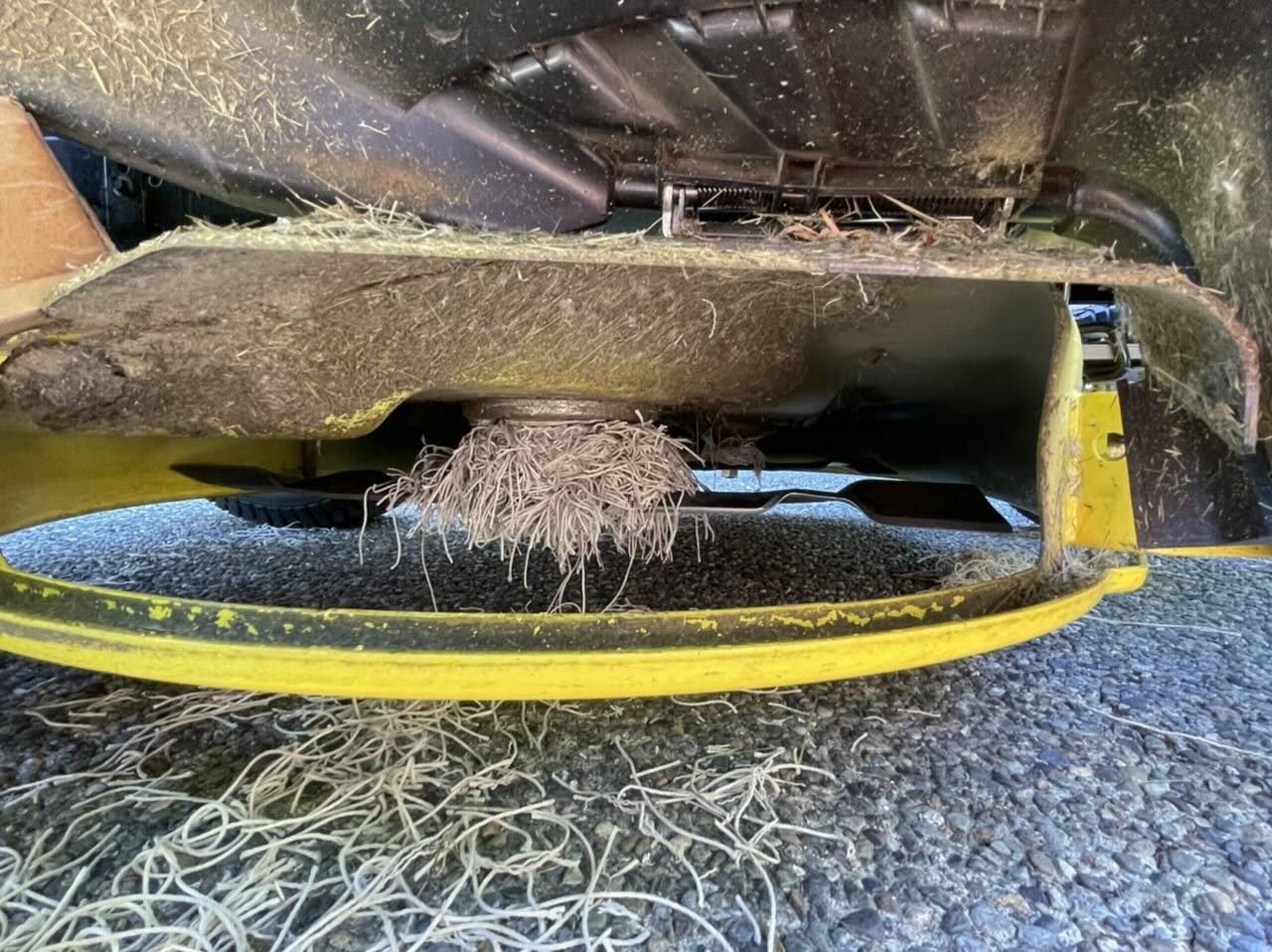

Garden Tools & Equipment
How Do You Sharpen A Lawnmower Blade
Modified: February 18, 2024
Learn how to sharpen a lawnmower blade with ease and keep your garden tools and equipment in top condition. Follow our expert tips for a sharp and efficient lawnmower.
(Many of the links in this article redirect to a specific reviewed product. Your purchase of these products through affiliate links helps to generate commission for Storables.com, at no extra cost. Learn more)
Introduction
When it comes to maintaining a healthy, vibrant lawn, a well-sharpened lawnmower blade is an essential tool in your arsenal. The lawnmower blade is the workhorse of your lawn care routine, tirelessly slicing through grass to ensure a neat and uniform cut. Over time, however, the blade can become dull and ineffective, leading to ragged, uneven cuts that can leave your lawn looking unkempt.
In this comprehensive guide, we will delve into the art of sharpening a lawnmower blade, exploring the importance of this maintenance task and providing a step-by-step walkthrough of the sharpening process. Whether you're a seasoned lawn care enthusiast or a novice homeowner looking to elevate your lawn maintenance game, mastering the art of lawnmower blade sharpening is a skill that will serve you well for years to come.
So, grab your tools and let's embark on a journey to rejuvenate your lawnmower blade and breathe new life into your lawn.
Key Takeaways:
- Regularly sharpening your lawnmower blade is crucial for a healthy lawn, promoting clean cuts, efficient mowing, and extending the mower’s lifespan.
- After sharpening, test the blade’s sharpness by inspecting the edge, performing a paper test, observing grass clippings, and assessing mowing efficiency.
Read more: How Often To Sharpen Lawnmower Blades
Why Sharpening a Lawnmower Blade is Important
Picture this: a dull lawnmower blade tearing through your grass like a blunt instrument, leaving behind jagged, uneven cuts and causing unnecessary stress to your lawn. This scenario is not only a nightmare for the aesthetics of your yard but also for the health of your grass. Understanding the significance of keeping your lawnmower blade sharp is crucial to maintaining a lush, well-groomed lawn.
First and foremost, a sharp lawnmower blade ensures a clean and precise cut, promoting the overall health of your grass. When the blade is dull, it can tear the grass rather than cleanly slicing it. This can create jagged edges on the grass blades, making them more susceptible to disease and moisture loss. On the other hand, a sharp blade produces a clean cut, allowing the grass to heal quickly and reducing the risk of fungal infections and other diseases.
Moreover, a sharp blade facilitates more efficient mowing, as it requires less effort and power from the lawnmower to cut through the grass. This not only conserves energy but also leads to a more even and polished appearance across your lawn. Additionally, a well-maintained blade helps maintain the overall health and vigor of your lawn, contributing to a lush, green, and visually appealing landscape.
Regularly sharpening your lawnmower blade also extends the lifespan of your lawnmower. A dull blade puts unnecessary strain on the mower’s engine, belts, and other components, potentially leading to premature wear and tear. By keeping the blade sharp, you can reduce the workload on the mower and ensure that it operates smoothly and efficiently for years to come.
Ultimately, sharpening your lawnmower blade isn’t just about aesthetics; it’s a fundamental aspect of lawn care that directly impacts the health and vitality of your grass. By prioritizing this simple yet essential maintenance task, you can elevate the quality of your lawn and enjoy a lush, well-manicured outdoor space that enhances the beauty of your home.
Tools and Materials Needed
Before embarking on the journey to sharpen your lawnmower blade, it’s essential to gather the necessary tools and materials. Having the right equipment at your disposal will ensure a smooth and efficient sharpening process, allowing you to achieve optimal results and breathe new life into your lawnmower blade. Here’s a rundown of the essential tools and materials you’ll need:
- Safety Gear: Prioritize safety by donning protective gear, including gloves and safety glasses, to shield yourself from any sharp edges or debris during the sharpening process.
- Workbench or Clamp: A stable work surface, such as a workbench or sturdy clamp, is essential for securing the lawnmower blade during sharpening. This provides stability and prevents any movement that could compromise the sharpening precision.
- Socket Wrench or Adjustable Wrench: You’ll need a socket wrench or an adjustable wrench to loosen and remove the nut or bolts that secure the lawnmower blade to the mower deck.
- Metal File or Bench Grinder: The primary tools for sharpening the lawnmower blade are a metal file or a bench grinder. A metal file offers precision and control, while a bench grinder provides a more efficient sharpening process for heavily worn or damaged blades.
- Blade Balancer: To ensure that the blade is properly balanced after sharpening, a blade balancer is essential for checking and adjusting the balance of the blade. This promotes smooth and stable operation of the lawnmower.
- Cleaning Brush: A wire brush or a stiff-bristled brush is useful for removing any built-up debris, grass clippings, or rust from the lawnmower blade before sharpening.
- Rag and Lubricant: A clean rag and lubricant, such as WD-40 or a similar product, are handy for wiping down the blade and applying a thin layer of lubricant after sharpening to prevent rust and corrosion.
- Optional: Impact Wrench or Breaker Bar: If the blade nut or bolts are particularly tight, an impact wrench or a breaker bar can provide the necessary torque to loosen them effectively.
By ensuring that you have these tools and materials at your disposal, you’ll be well-equipped to tackle the task of sharpening your lawnmower blade with confidence and precision. With safety gear in place and the right tools in hand, you’re ready to revitalize your lawnmower blade and elevate the quality of your lawn maintenance routine.
When sharpening a lawnmower blade, make sure to remove it from the mower first. Use a file or grinder to sharpen the cutting edge, maintaining a consistent angle. Check for balance and reinstall the blade carefully.
Steps to Sharpen a Lawnmower Blade
Now that you’ve assembled the necessary tools and materials, it’s time to dive into the step-by-step process of sharpening your lawnmower blade. By following these carefully outlined steps, you’ll be able to restore your blade to optimal sharpness and ensure a clean, precise cut for your lawn.
- Prepare the Work Area: Begin by selecting a well-lit and spacious work area, preferably a garage or outdoor space with ample ventilation. Lay down a protective covering to catch any debris and ensure a clean working environment.
- Secure the Blade: Using a socket wrench or adjustable wrench, carefully loosen and remove the nut or bolts that secure the lawnmower blade to the mower deck. Once detached, secure the blade to a stable workbench or clamp to prevent any movement during sharpening.
- Inspect and Clean the Blade: Thoroughly inspect the blade for any signs of damage, wear, or nicks. Use a wire brush or stiff-bristled brush to remove any built-up grass clippings, debris, or rust from the blade surface. This ensures a clean and smooth sharpening process.
- Choose the Sharpening Method: Depending on the condition of the blade, select the appropriate sharpening method. For minor touch-ups and maintenance, a metal file can be used to sharpen the cutting edge. If the blade is heavily worn or damaged, a bench grinder may be more suitable for efficient sharpening.
- Sharpen the Blade: If using a metal file, firmly hold the blade in place and carefully file along the original cutting edge, maintaining a consistent angle and applying even pressure. For a bench grinder, follow the manufacturer’s instructions for safe and effective sharpening, ensuring that the blade is evenly sharpened on both ends.
- Check for Balance: After sharpening, it’s crucial to check the balance of the blade using a blade balancer. Place the center hole of the blade on the balancer and ensure that it sits level. If the blade tilts to one side, further adjustments may be necessary to achieve proper balance.
- Reattach the Blade: Once the blade is sharpened and balanced, carefully reattach it to the lawnmower deck, securing it with the nut or bolts. Ensure that the blade is positioned correctly and tightened to the manufacturer’s specifications.
- Test the Blade: With the blade securely reinstalled, start the lawnmower and observe its performance. Listen for smooth and consistent operation, and inspect the grass clippings to ensure a clean and uniform cut. If the blade performs optimally, your sharpening efforts have been successful.
By meticulously following these steps, you can effectively sharpen your lawnmower blade and rejuvenate its cutting prowess, setting the stage for a well-groomed and healthy lawn. With patience and attention to detail, you’ll be rewarded with a beautifully manicured lawn that reflects the care and dedication you’ve invested in its maintenance.
Testing the Sharpness
After sharpening your lawnmower blade, it’s crucial to assess its sharpness to ensure that it’s capable of delivering a clean and precise cut. Testing the sharpness allows you to confirm the effectiveness of your sharpening efforts and make any necessary adjustments before resuming regular mowing. Here are the key steps for testing the sharpness of your lawnmower blade:
- Visually Inspect the Cutting Edge: Carefully examine the cutting edge of the blade to assess its condition post-sharpening. Look for a clean and uniform edge, free from nicks, burrs, or irregularities. A properly sharpened blade should exhibit a consistent cutting edge along its entire length.
- Perform a Paper Test: A simple yet effective way to gauge the sharpness of the blade is to perform a paper test. Take a piece of standard printer paper and place it on a flat surface. With the blade held securely, carefully slice through the paper using a smooth, sweeping motion. A sharp blade should effortlessly cut through the paper with minimal resistance, producing a clean and precise edge.
- Inspect the Grass Clippings: Another method of testing the sharpness of the blade is to observe the grass clippings produced during a test mow. After reattaching the blade to the lawnmower, mow a small section of your lawn and examine the grass clippings. A sharp blade will yield clean, uniform cuts, resulting in neatly trimmed grass with minimal fraying or tearing.
- Assess Mowing Efficiency: As you resume mowing your lawn with the freshly sharpened blade, pay attention to the overall efficiency and performance of the lawnmower. A sharp blade should facilitate smoother and more effortless mowing, requiring less effort and producing a more polished finish across your lawn.
By conducting these tests, you can confidently determine the sharpness of your lawnmower blade and make any necessary adjustments to achieve optimal cutting performance. Whether it’s effortlessly slicing through paper or leaving behind pristine grass clippings, a sharp blade is the cornerstone of a well-groomed lawn and a testament to your dedication to maintaining a healthy outdoor space.
Conclusion
As you conclude your journey through the art of sharpening a lawnmower blade, you’ve not only revitalized a crucial tool in your lawn care arsenal but also elevated the quality of your lawn maintenance routine. By understanding the importance of a sharp lawnmower blade and mastering the sharpening process, you’ve taken a proactive step toward ensuring the health and vibrancy of your lawn.
Sharpening a lawnmower blade isn’t just a maintenance task; it’s a commitment to the well-being of your lawn. A sharp blade promotes the overall health of your grass, facilitating clean and precise cuts that minimize stress and promote rapid healing. Additionally, it contributes to the efficiency and longevity of your lawnmower, reducing wear and tear while enhancing the quality of your mowing experience.
Equipped with the essential tools and a clear understanding of the sharpening process, you’ve embarked on a journey that empowers you to maintain a lush, well-manicured lawn with confidence and precision. From inspecting and cleaning the blade to carefully sharpening and testing its effectiveness, you’ve embraced the art of lawnmower blade maintenance and its profound impact on the aesthetics and health of your outdoor space.
As you witness the lawnmower effortlessly gliding through the grass, leaving behind a uniform and immaculate finish, you’ll appreciate the transformative power of a sharp blade. Your lawn will thrive under the care and attention you’ve dedicated to this essential maintenance task, reflecting the pride and joy you take in cultivating a beautiful outdoor environment.
So, as you bid farewell to this sharpening odyssey, take pride in the newfound sharpness of your lawnmower blade and the enhanced beauty of your lawn. Embrace the art of lawnmower maintenance as a labor of love, and let the lush, well-groomed expanse of your yard stand as a testament to your commitment to excellence in lawn care.
Frequently Asked Questions about How Do You Sharpen A Lawnmower Blade
Was this page helpful?
At Storables.com, we guarantee accurate and reliable information. Our content, validated by Expert Board Contributors, is crafted following stringent Editorial Policies. We're committed to providing you with well-researched, expert-backed insights for all your informational needs.
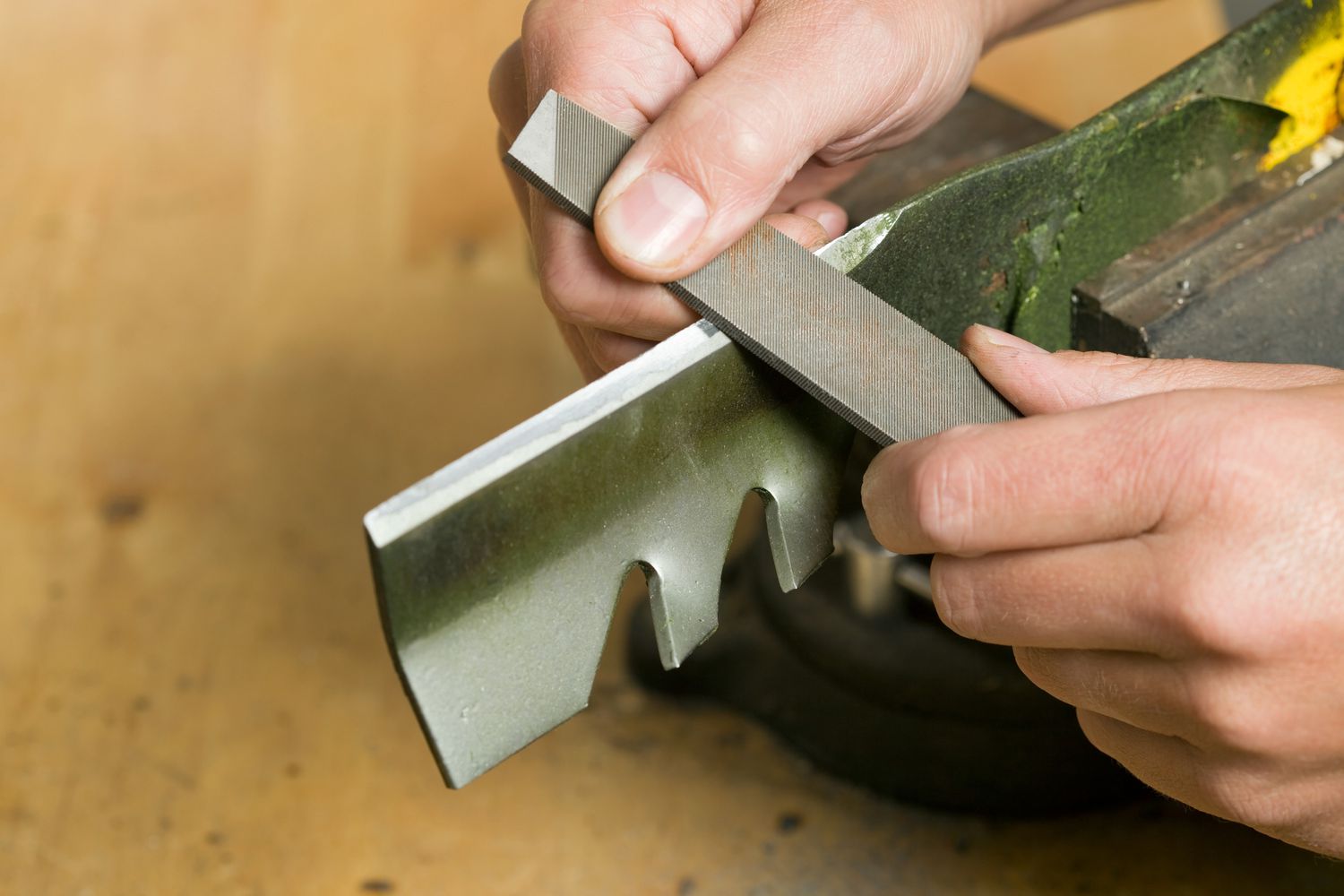
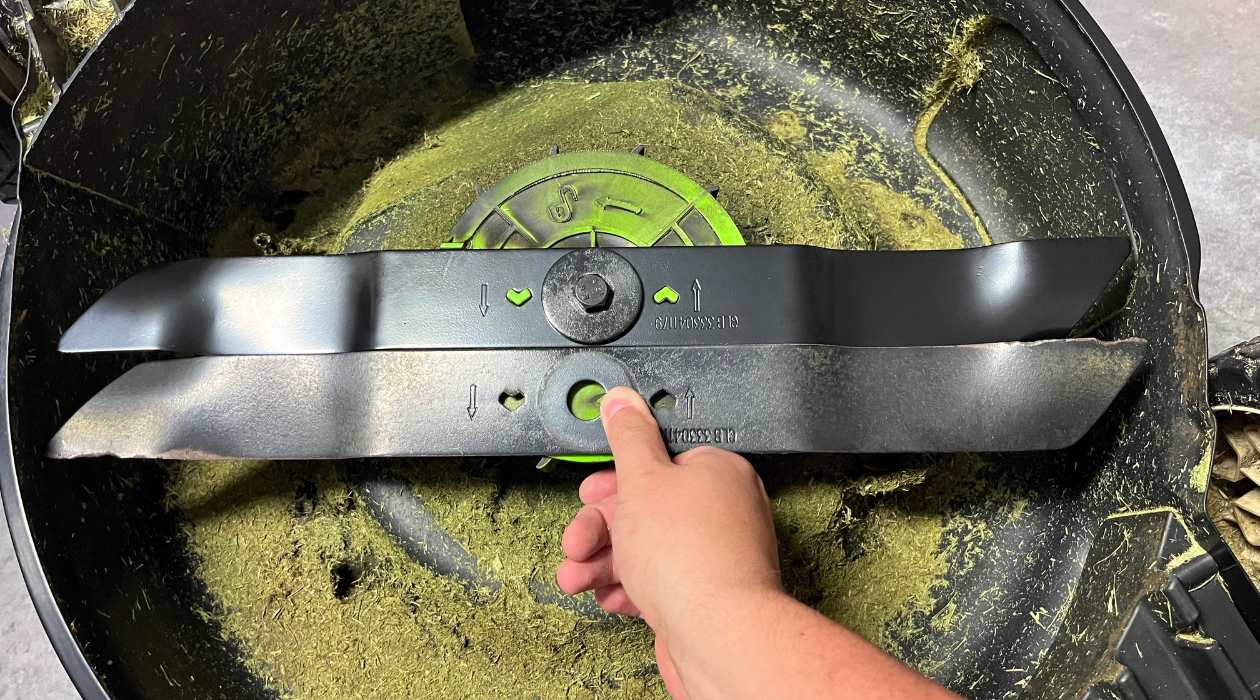
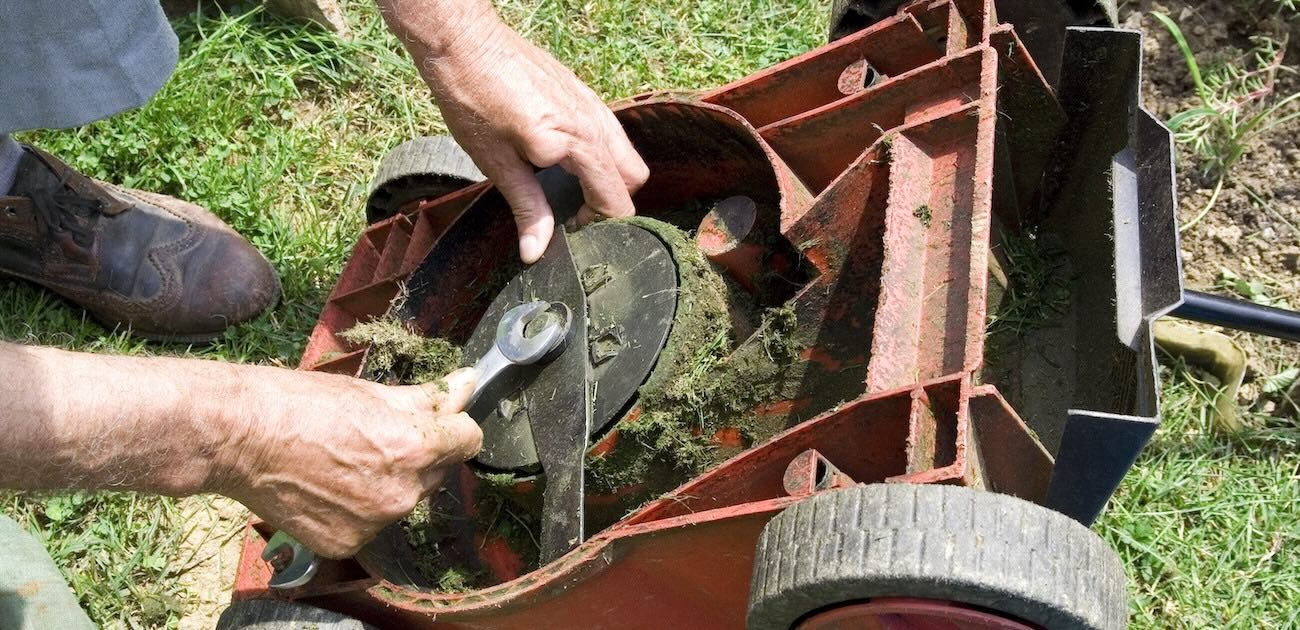
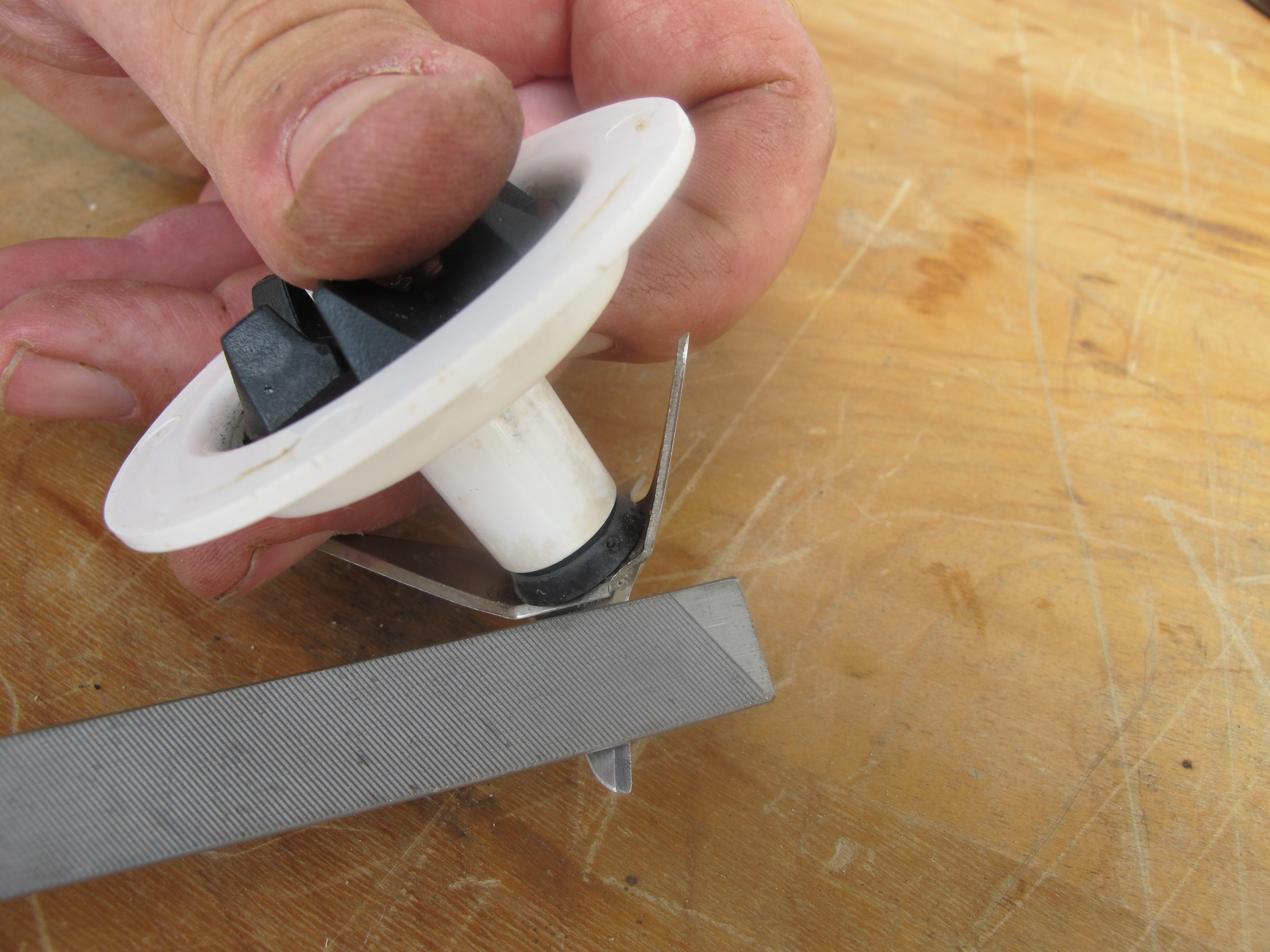
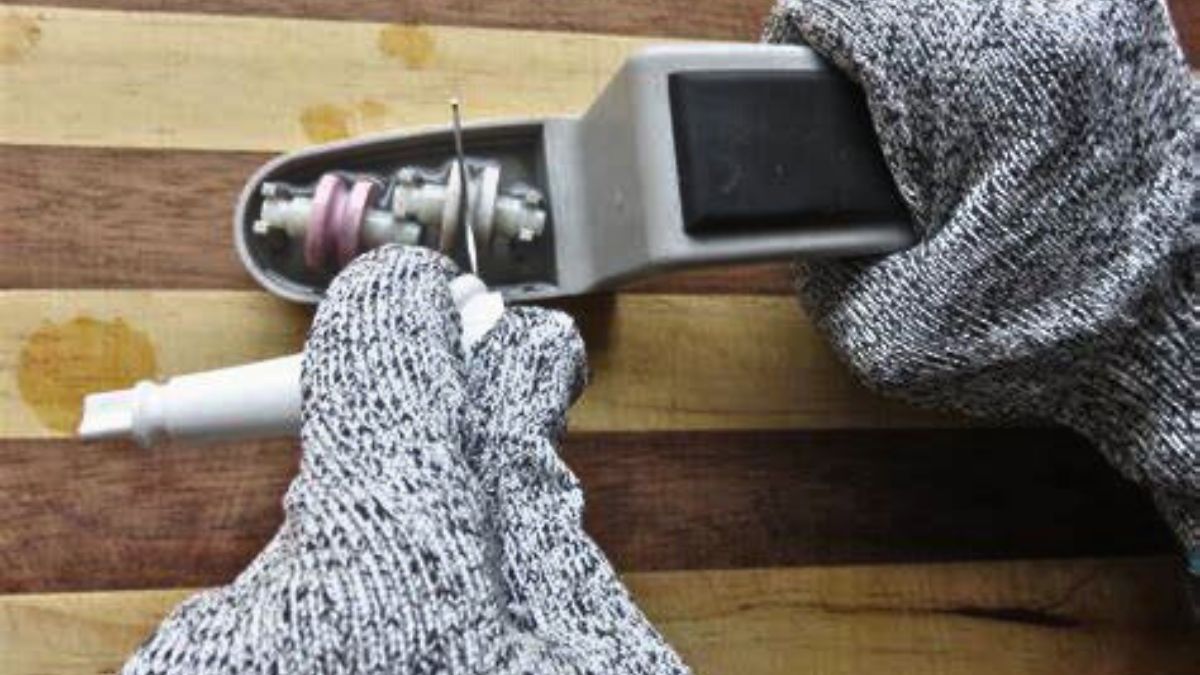
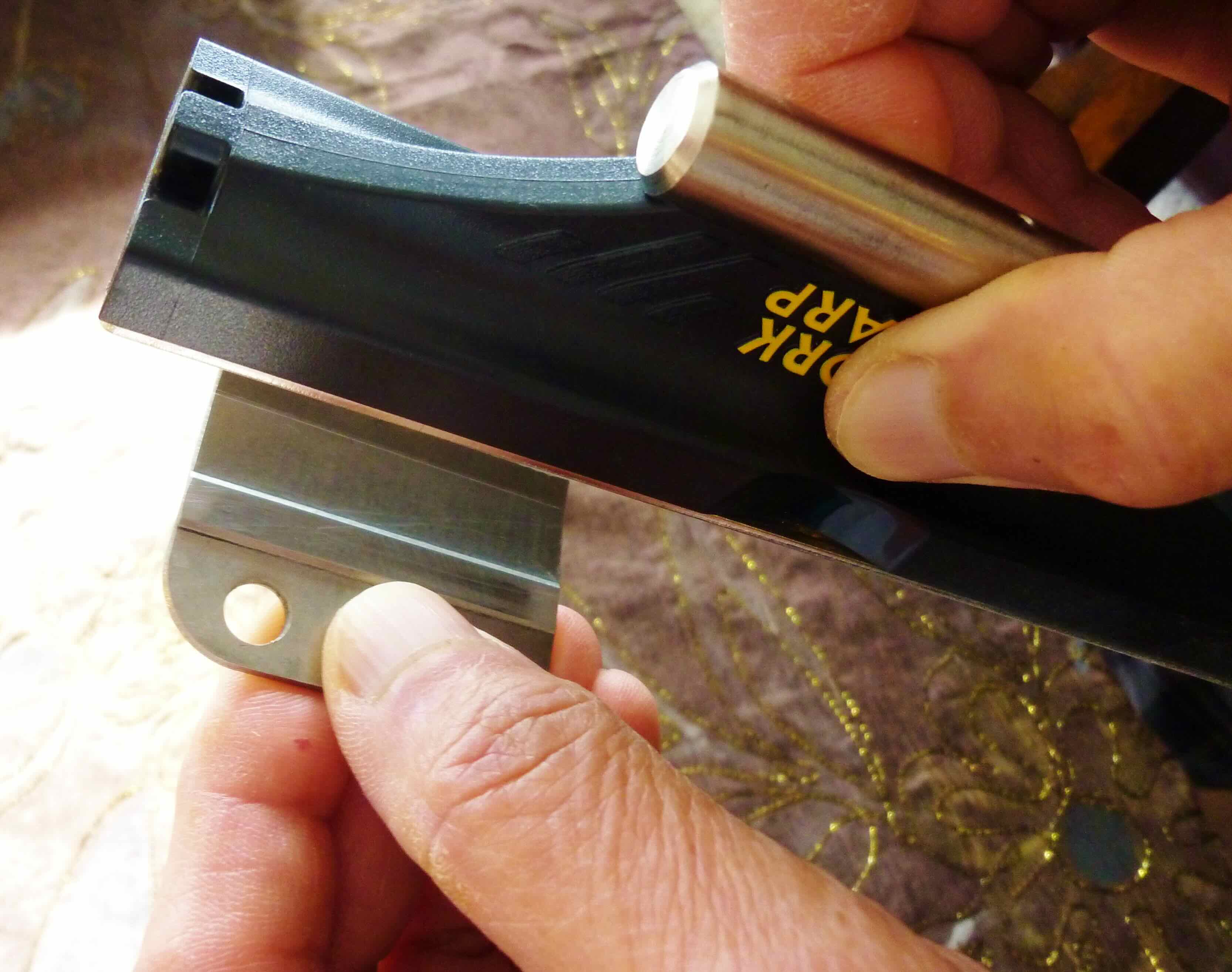
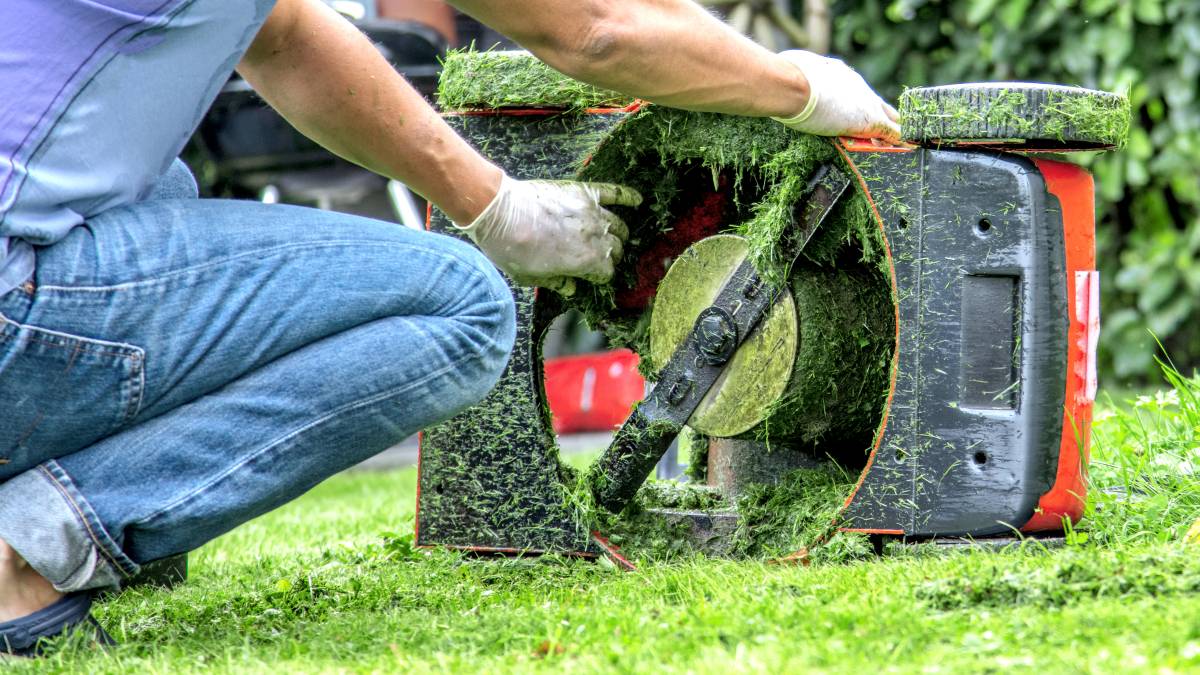
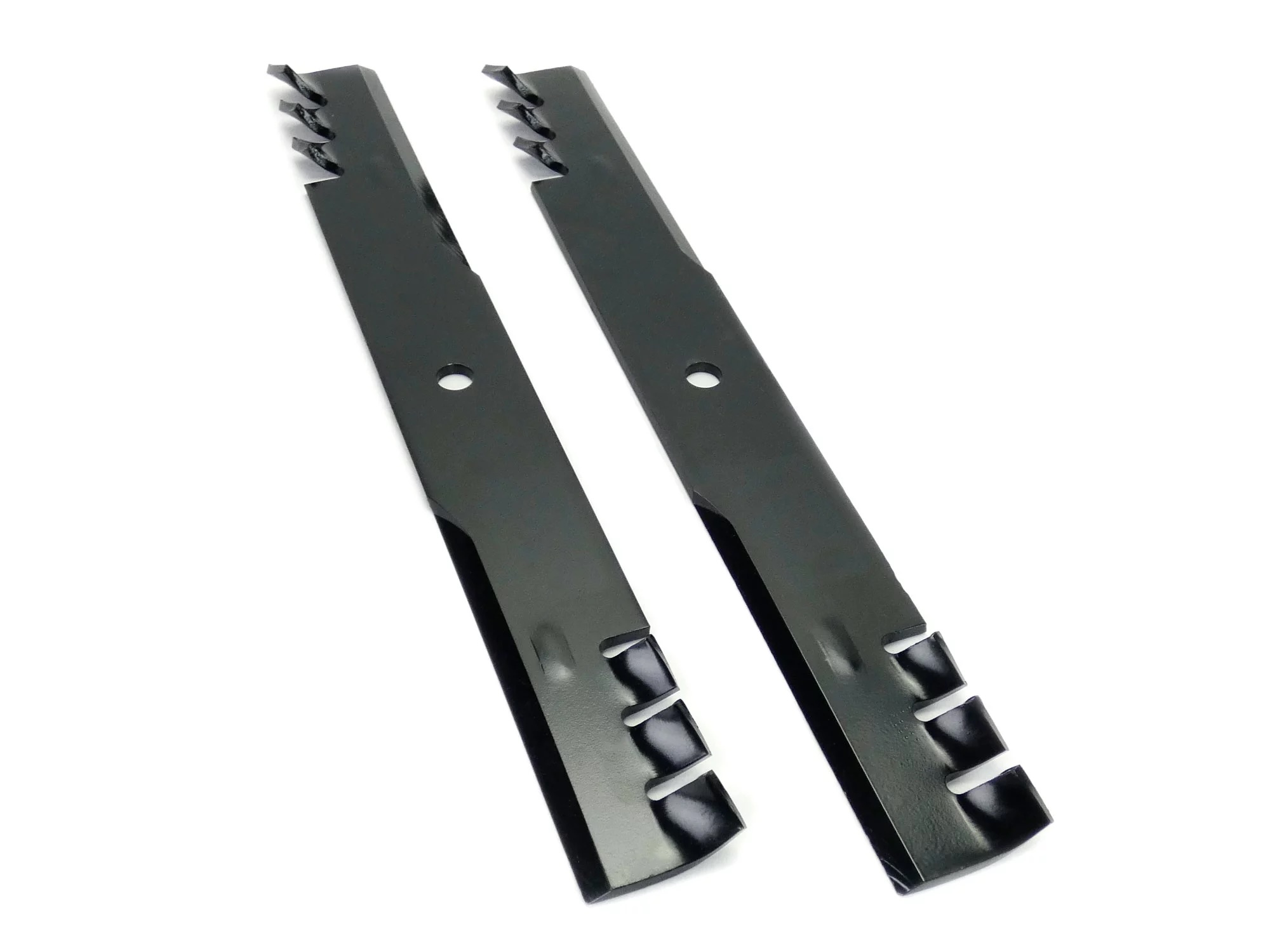
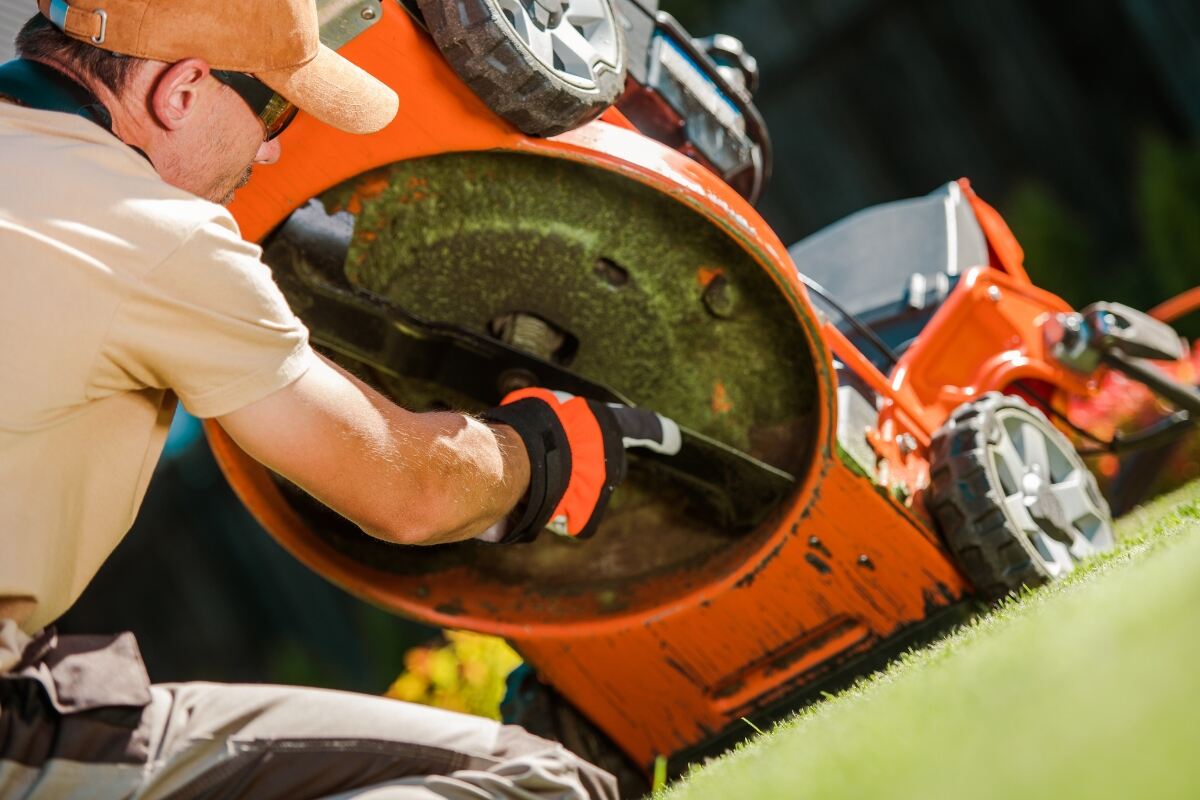
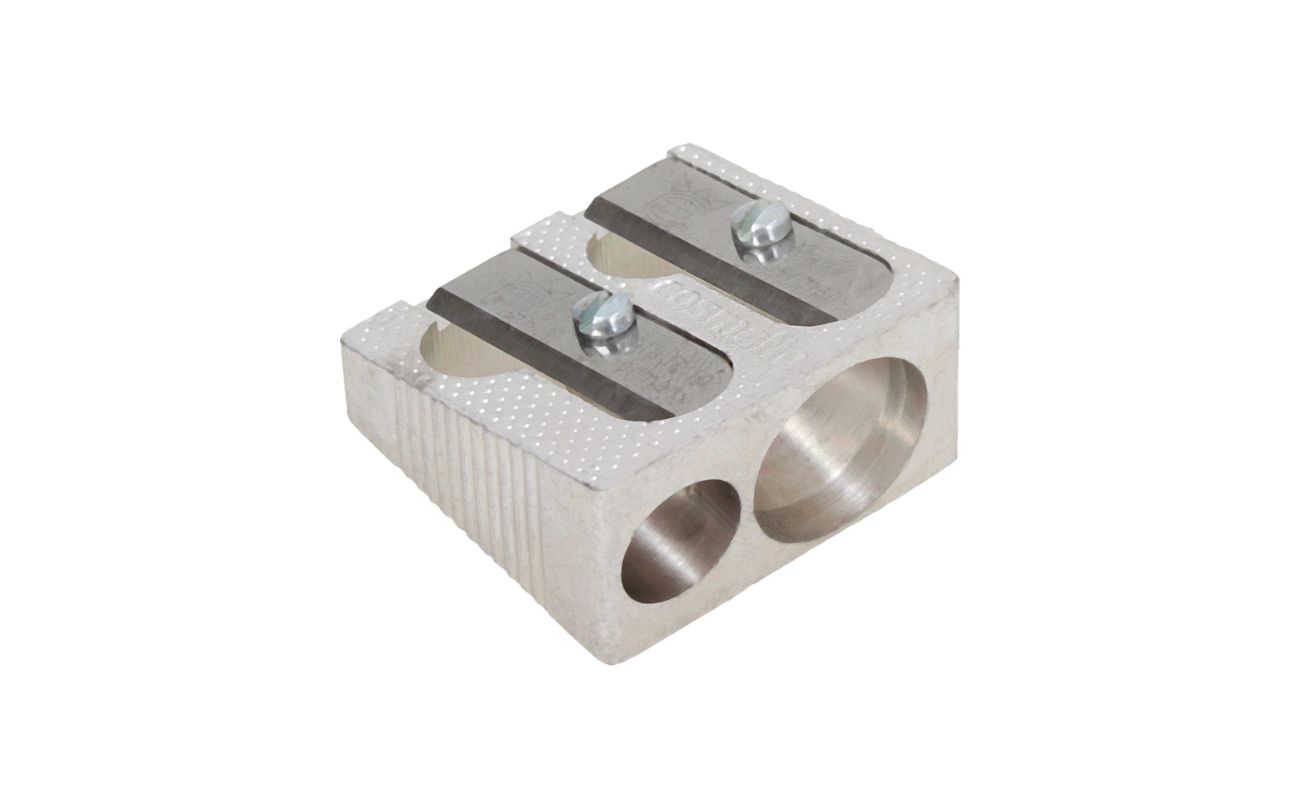
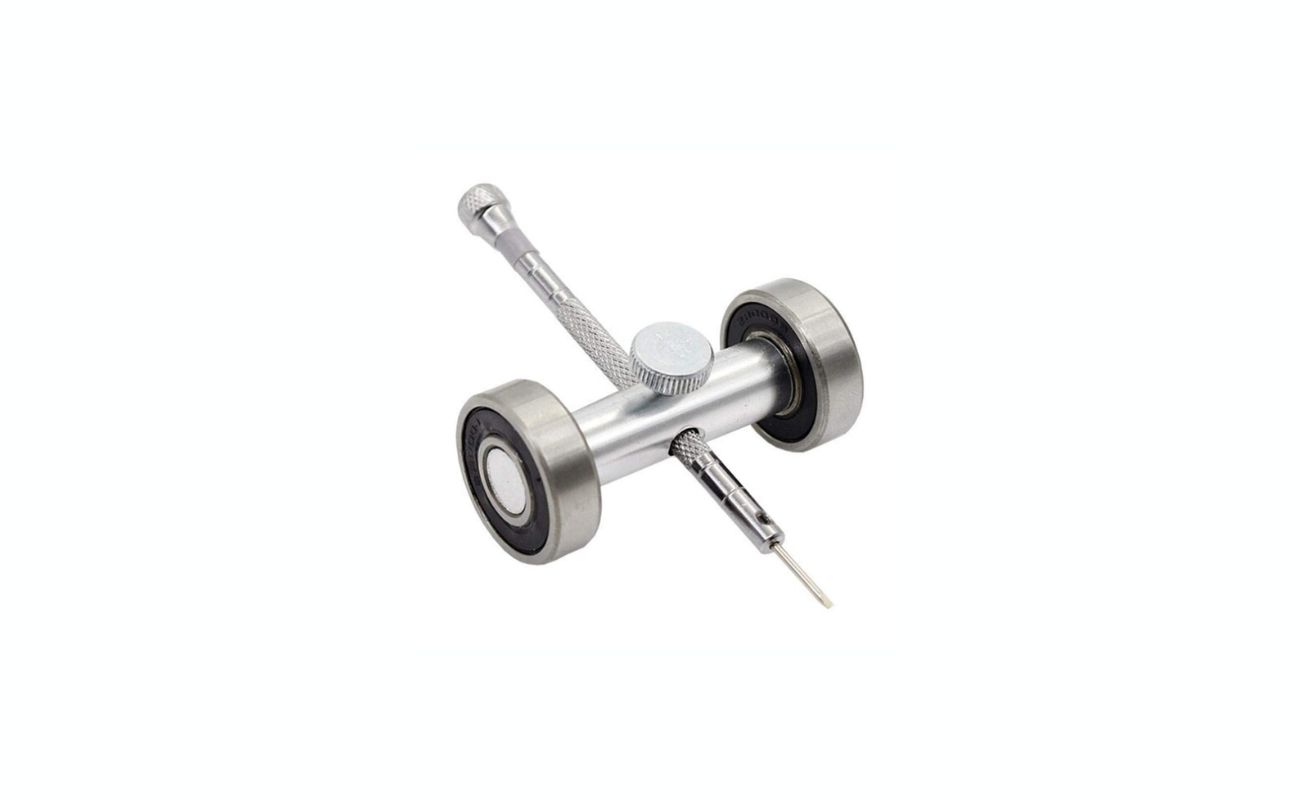
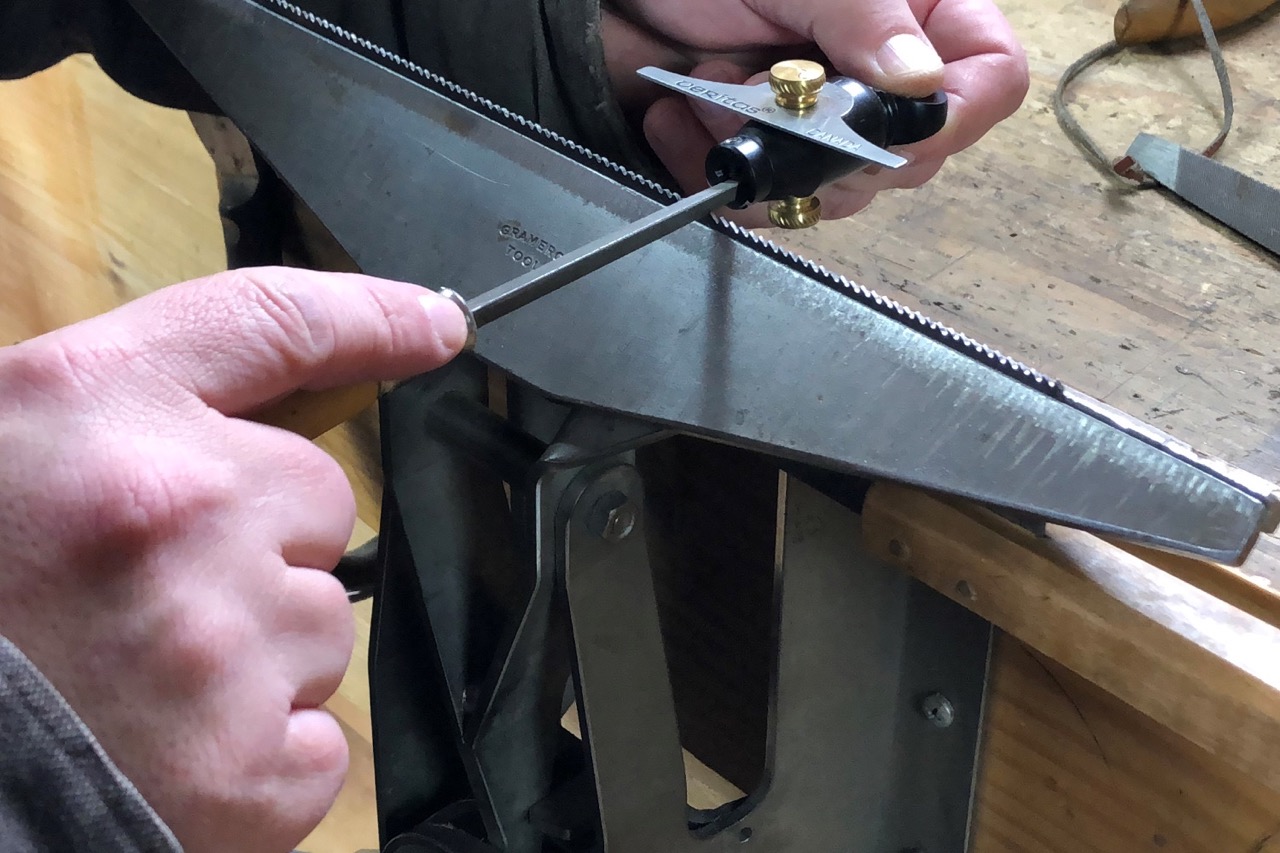
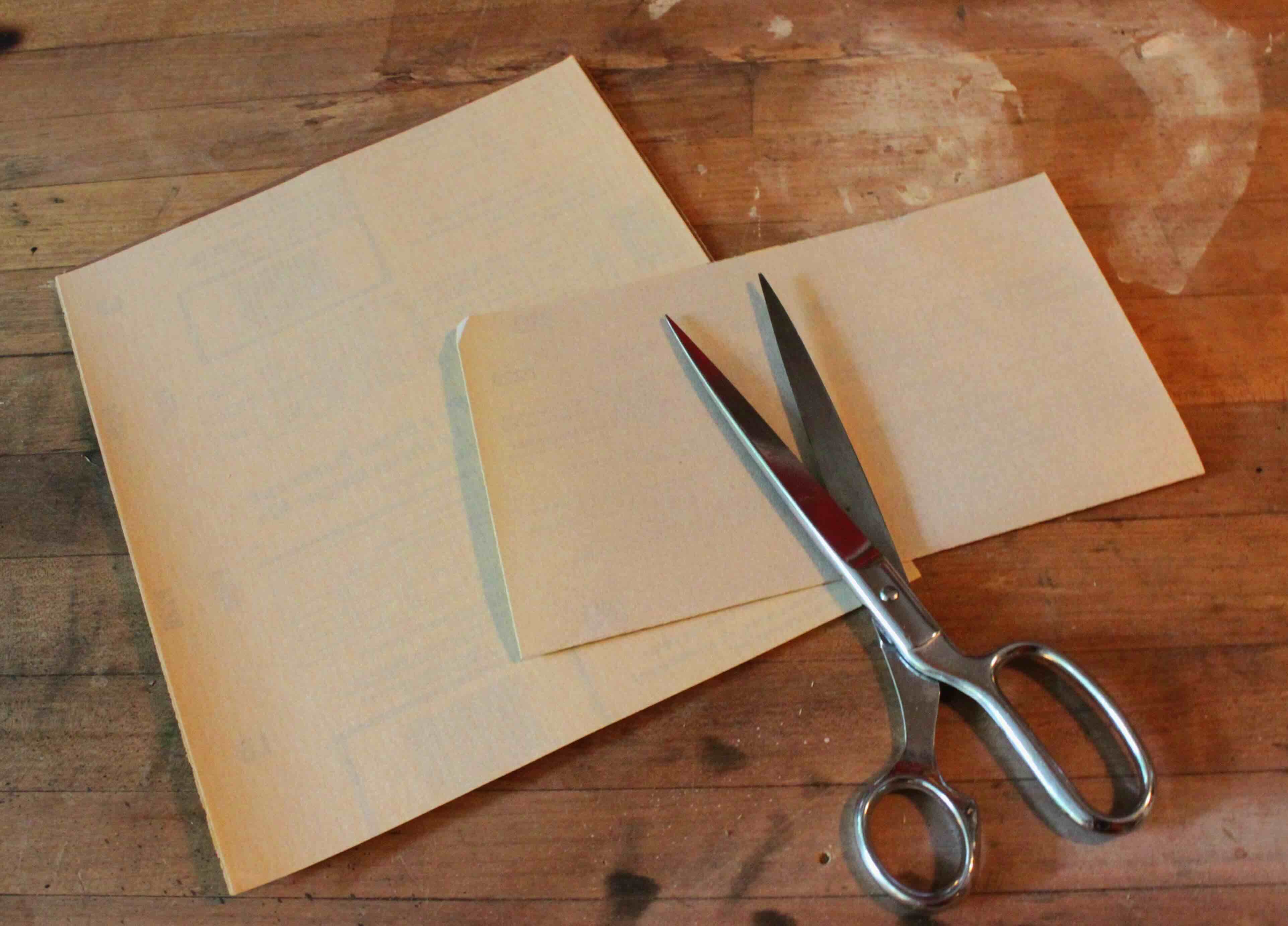
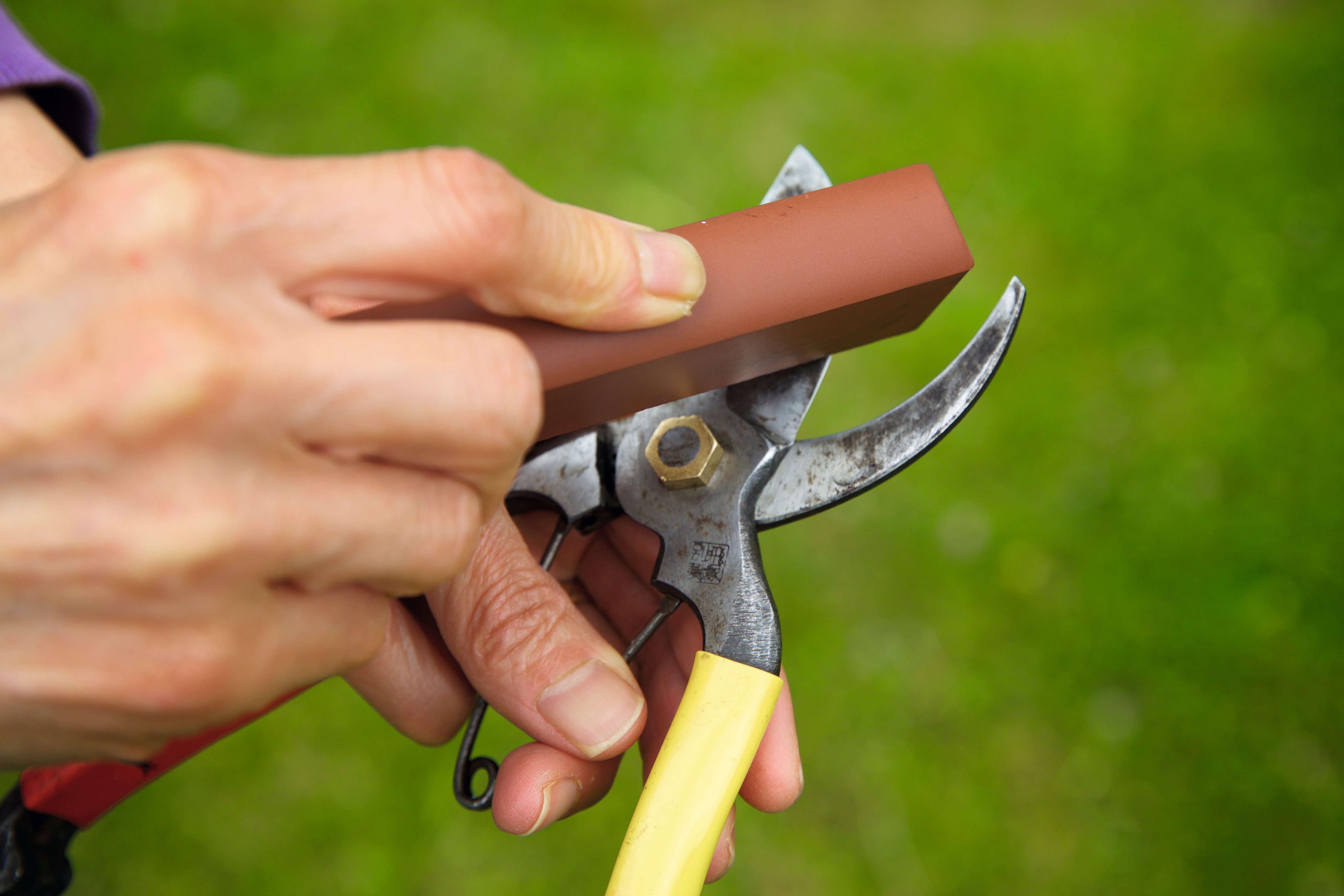

0 thoughts on “How Do You Sharpen A Lawnmower Blade”